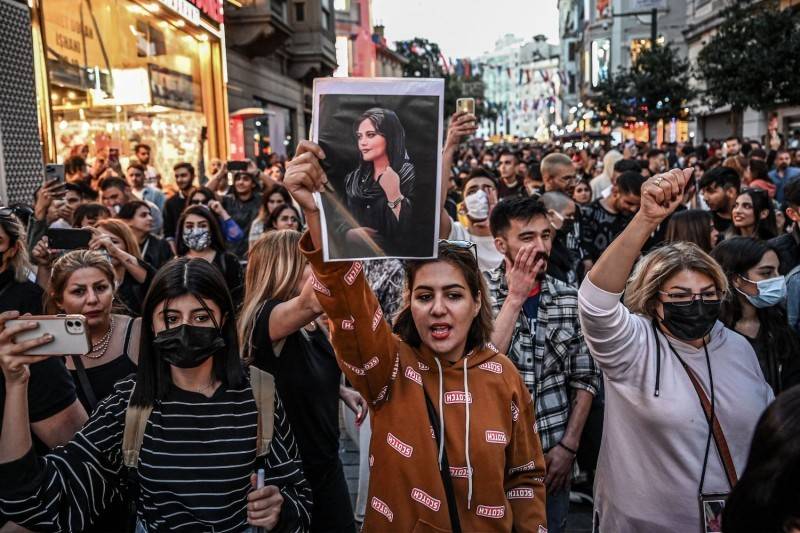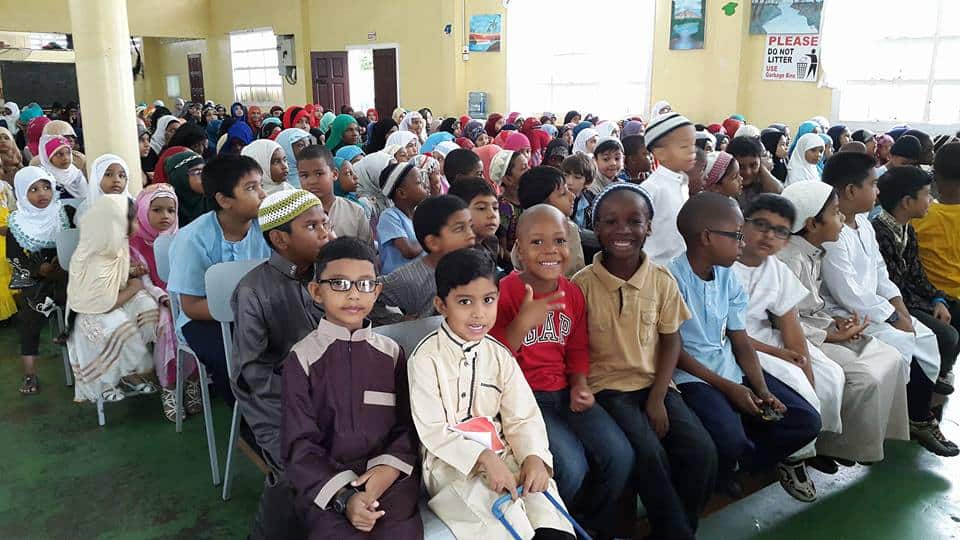
Over the past few weeks, a spate of street uprisings, riots, and demonstrations have erupted in many parts of Iran. The event that triggered these widespread protests and open defiance of the Iranian Government was the death of Mahsa Amini, a 22-year-old Iranian woman, while she was in police custody.
Mahsa Amini and her family were traveling from the western province of Kurdistan to Iran’s capital, Tehran when Iran’s Morality police arrested her for violating the dress code: not having a head covering or headscarf. It is reported that Mahsa was beaten while in police custody and consequently hospitalized in a comatose state. The initial police statement claimed she suffered a heart attack. The family vehemently rejected that explanation saying she had no prior health issues or risk factors. Reports from hospital staff say she arrived unconscious and “brain dead.”
Background
The Iranian Government is currently sitting atop a powder keg of challenges reaching an ignition point.
- The Iranian Government is directly and openly in a proxy war with Saudi Arabia in Yemen. The Iranians support the Houthi (Shia) tribe in Yemen economically and militarily.
- The Iranian Government is providing a lifeline of military and economic resources to the Syrian dictator Bashar Al Assad.
- The American Government still imposes crippling sanctions on Iran.
- The Iranian Government is still the leading financier of the Hezbollah party /government in South Lebanon.
- Iranian military and intelligence apparatus are very active in Iraq.
All of the above add to a crushing impact on the economy of Iran, and no doubt, the Iranian people have a mounting swell of discontent and an ensuing political restlessness. It becomes baffling that despite the growing economic hardships and political turmoil, the Iranian president, Ebrahim Raisi, described as a hardliner, ordered a massive crackdown on the “dress code,” which is aimed mainly at women’s head scarf or covering of the hair. The so-called morality police unleashed its power on women, targeting any exposure of the head under the mandate to enforce the “hijab.” Mahsa Amini became a victim of this crackdown, and it seems that the so-called morality police inflicted such harsh punishment that she eventually died from the “beating” she received.
The Hijab Is Not Simply a Scarf
It is important here to examine and clarify the concept of the Hijab. In the West and increasingly even among Muslims, the Hijab is viewed synonymously with a scarf or head covering. This is wrong. The Hijab is a dress code that applies to men and women, and seeks to enable modesty, dignity, and refinement in dress and behavior. The Hijab serves to protect from vulgarity, lewdness, and sexual oppression. A simple scarf or head covering does not fulfill the intent.
The Iranian “morality police” is grossly missing the mark by minimizing the concept of the Hijab to just a head covering. Mahsa Amini is a victim of this gross miscarriage.
The irony of this tragedy is aptly expressed by Mahmoud Sadighi, a former Reformist MP in the Government. He called on the Iranian Supreme Leader, Ayatollah Khamenei to condemn the killing of Mahsa Amini in the same manner that he condemned the killing of George Floyd by police while he was in police custody in the United States.
A Brief Historical View
The Persian/Sasanian Empire was the world’s superpower before 630 AD. In 636 AD, the Muslim/Arab forces under the command of Sa’d ibn Abi Waqas finally defeated the mighty Persian Empire at the battle of Al Qadisiyyah. This defeat permanently ended the Sasanian dynasty and the beginning of the end of the Zoroastrian (based on fire worship) Religion of the Persians. However, the Persian elite never accepted what they saw as an Arab conquest, and secretly strived to maintain and keep alive their religion, culture, language and, most importantly, the dream of a resurgence of Persian glory.
Even though Persia became part of the dominant Islamic civilization, the Persian elites, under the cloak of surrender, fostered a Persianized version of Islam. The fall of the Persian empire was during the reign of Caliph Umar ibn Al-Khattab (RA), who orchestrated the conquest from thousands of kilometers away in Medina. His quick conquest through a series of brilliant, well-coordinated multi-pronged maneuvers established him as a military genius in the then-contemporary world. The Persian elites never forgave (nor forgot) him for their defeat, which can explain the vilification meted out to Umar ibn Al-Khattab in Iranian (Persian) society up to the present day. This ill will is incorporated into Persianized Islam (Shi’ism). Interestingly, Umar ibn Al-Khattab was assassinated by a Persian craftsman, Abu Lu’Lu Firuz, while Umar was in prayer in the Mosque.
Present-day events must be seen in the context of history. The Iranian Revolution of 1979 was primarily to remove Iran from western control and reawake the dream of Persian glory, but this time using the platform of Persianized Islam.
Perspectives

The uprisings and riots in Iran are less about the head covering and more about human rights, particularly women’s rights. The harsh and most inappropriate treatment of Mahsa Amini is only symbolic of the Persianized Islam practiced in Iran, seeking to portray itself as the real Islam taught to us by the noble Messenger, Muhammed (Peace be upon Him). There is no justification for the death of a young, defenseless woman while in the custody of the so-called morality police. The irony is loud. The hard-lined president of Iran, Ebrahim Raisi, failed to understand the reality of discontent, especially that of the women of Iran. He then further aggravates the situation by harsher crackdowns and subjugation of women’s pleas for a voice and a refusal to have their concerns justly dealt with.
One of the practices in Iran that tramples women’s rights and holds them in bondage is the widely practiced custom of “Muta’a” or temporary “marriage.” This practice is so entrenched in Persianized Islam that it opens the doors to and is a disguise for institutionalized prostitution. It is essential to clarify that this practice (Muta’a) is forbidden in Islam.
The existence of a “morality police force” points to a heavy-handed governmental tool as a means of population control and oppression. Morality is taught and learned, not imposed. The need to use ruthless force to impose morality is telling.
The death of Mahsa Amini while in police custody is not acceptable to Muslims and is not allowed by Islam. It is imperative that the supreme leader of Iran condemns it and orders an unbiased investigation.
Conclusion
It is clear that Islam has long destroyed the oppression of women, and established their God-given rights. We will speak out loudly and vehemently against any situation or circumstance, any individual or government, that violates any woman’s God-given rights and freedoms. We will also speak out against those who trivialize and deny women their roles and responsibilities in society.


